
Industrial Tourism Route
Routes and Paths
Industrial Tourism Route in Northern Portugal
In Porto and Northern Portugal, visiting factories, mines, and workshops is a multisensory journey—see how things are made, talk to the people who make them, and, if you’re lucky, try it yourself. It’s like entering a museum - but one where the exhibits still move, the machines still roar, and the workers still hold the secrets of their craft.
Discover stories of ingenuity and hard work, models of innovation, and glimpses of the future. We invite you on a journey through factories, industrial archaeology, and applied science. Map out your own route—whether you want to see a tile being born, a shoe taking shape, or a pencil carved from wood. Or all of the above. Come explore our Industrial Tourism Route.

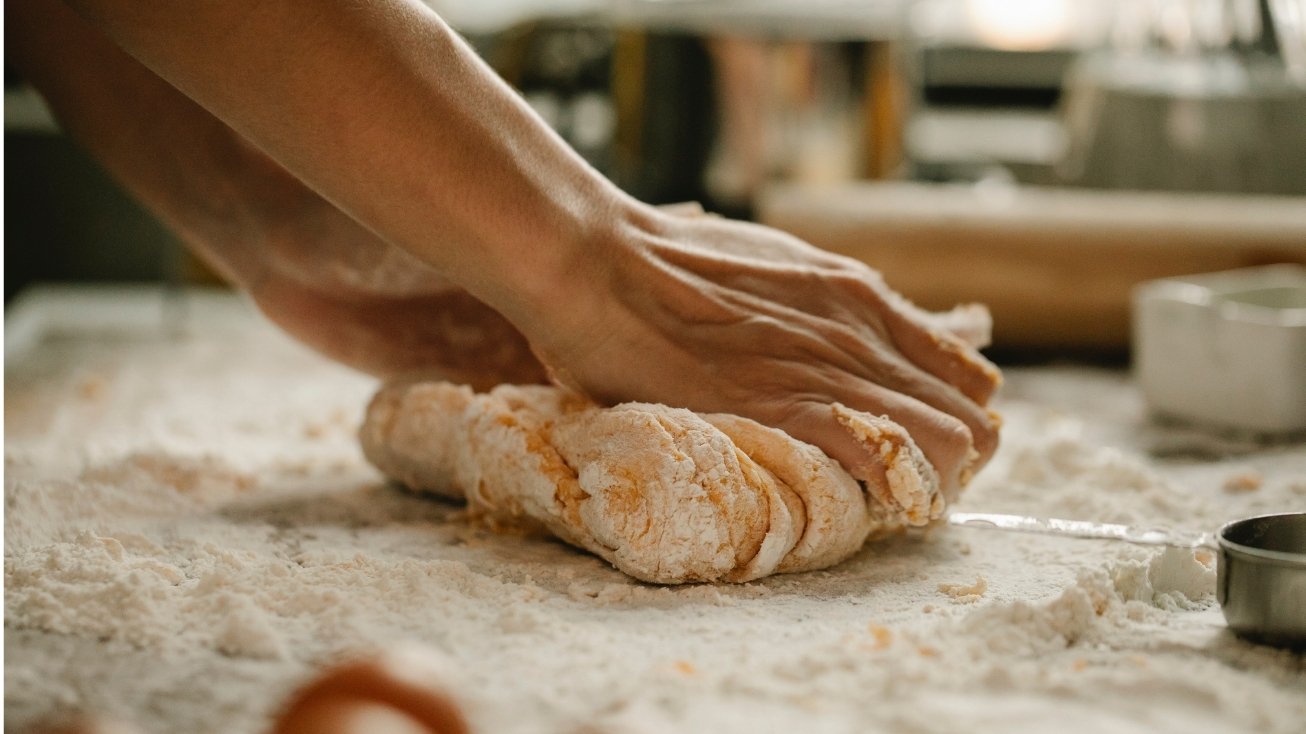
Arouca
Arouca, a UNESCO Global Geopark, is a land where geological memory lives side by side with human heritage. Nestled between mountains and valleys, here you can explore the Regoufe and Rio de Frades Mining Complexes, taste traditional delicacies like Pão de Ló and convent sweets, or uncover the secrets behind the artisanal production of Pinguça liqueurs.
The Regoufe and Rio de Frades Mining Complexes are true time capsules, transporting visitors back to the era of World War II, when wolfram was extracted from deep within the earth. Now deactivated, these mines reveal a unique industrial heritage—mine entrances, tunnels, and remnants of equipment tell stories of bravery and hard labour. A guided tour helps you understand the strategic importance of wolfram during the conflict and admire the austere beauty of this mining landscape.
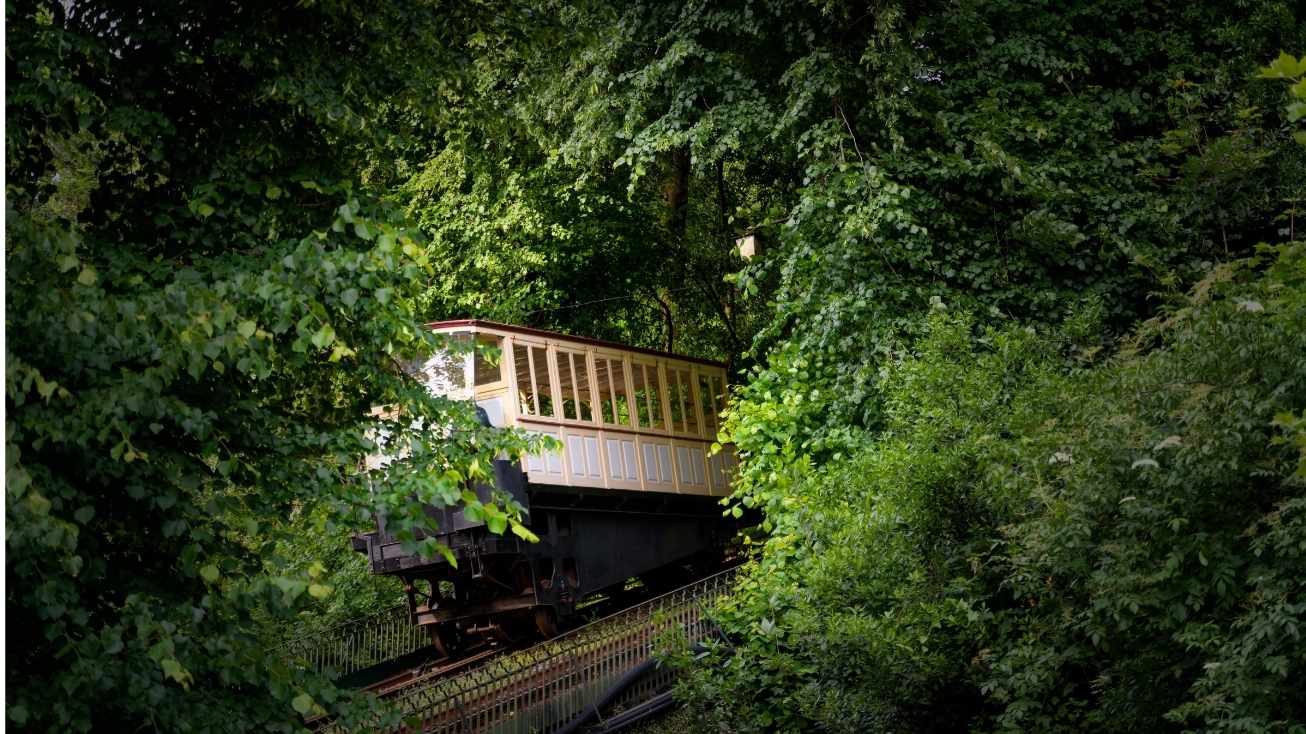
Braga
Braga, the oldest city in Portugal and one of the most ancient Christian cities in the world, boasts over two thousand years of history. Today, it is a young, cosmopolitan, and vibrant city, standing out in the fields of culture, commerce, industry, and services, and establishing itself as a key hub of innovation.
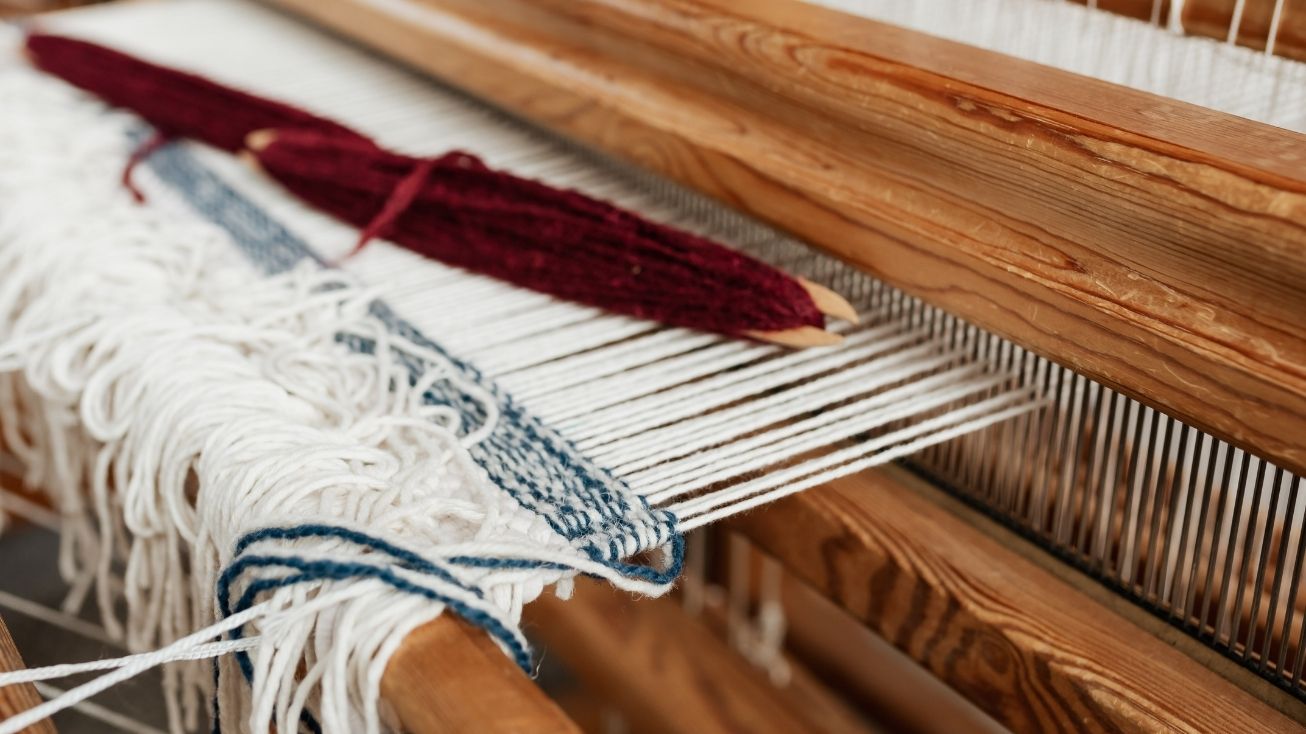

Cabeceiras de Basto
Cabeceiras de Basto is a territory rich in memories and natural and cultural heritage. Discover the wool cycle at the Casa da Lã or travel back in time at the Arco de Baúlhe Railway Centre, which preserves the railway legacy of the 19th and early 20th centuries. Learn about ancestral techniques and the economic and social importance of these activities for local communities.
Esposende
Esposende, located between the Atlantic Ocean, the Cávado and Neiva rivers, the countryside and the mountains, offers a unique blend of nature and history that makes it an unmissable destination on Portugal’s northern coast. Its natural heritage, part of the North Coast Natural Park, stands out for its beaches, dunes, estuaries and the impressive fossil cliff. It is also a land with centuries of human occupation, evident in the cultural, monumental and ethnographic traces found throughout the municipality.
In the context of industrial tourism, Esposende values its traditional knowledge through spaces such as the Junco Interpretative Centre in Forjães, the Sargassum Museum in Apúlia, and the Abelheira Windmill Park in Marinhas. These places bring the region’s artisanal and agricultural heritage to life, allowing visitors to experience firsthand the ancient practices that continue to shape local identity today.
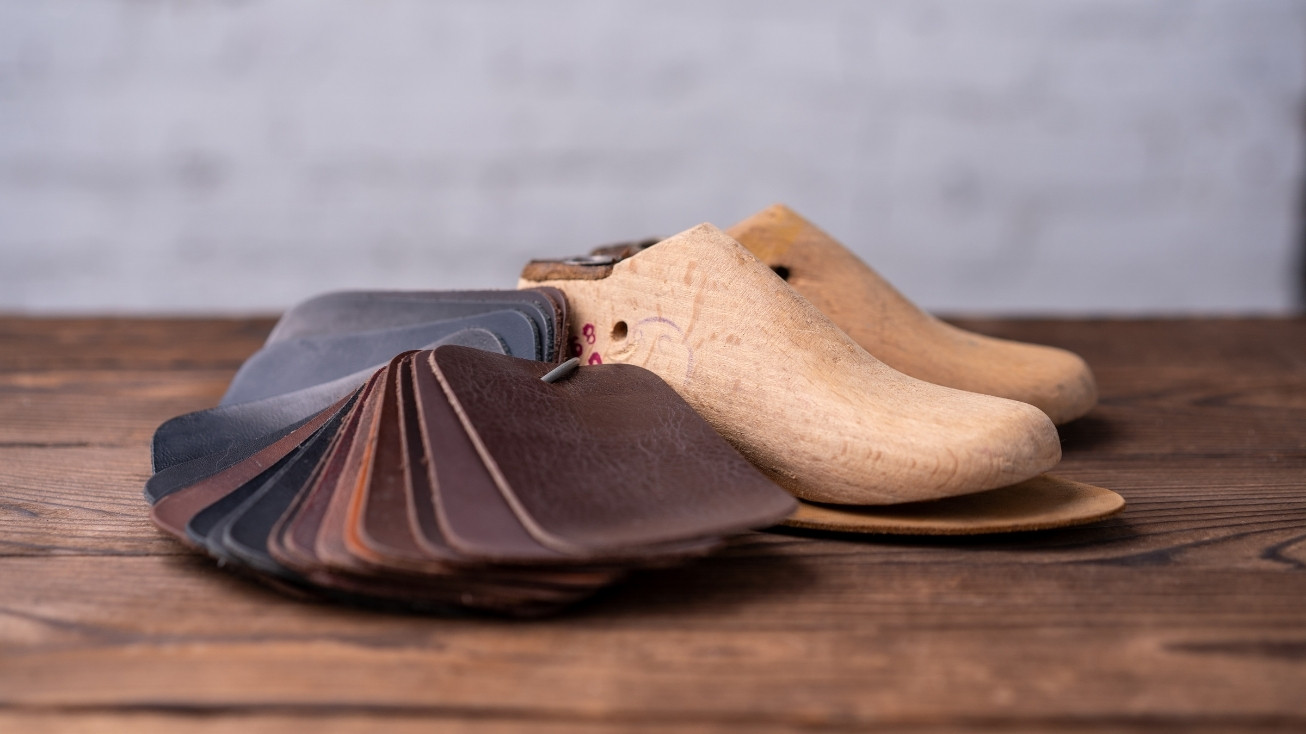

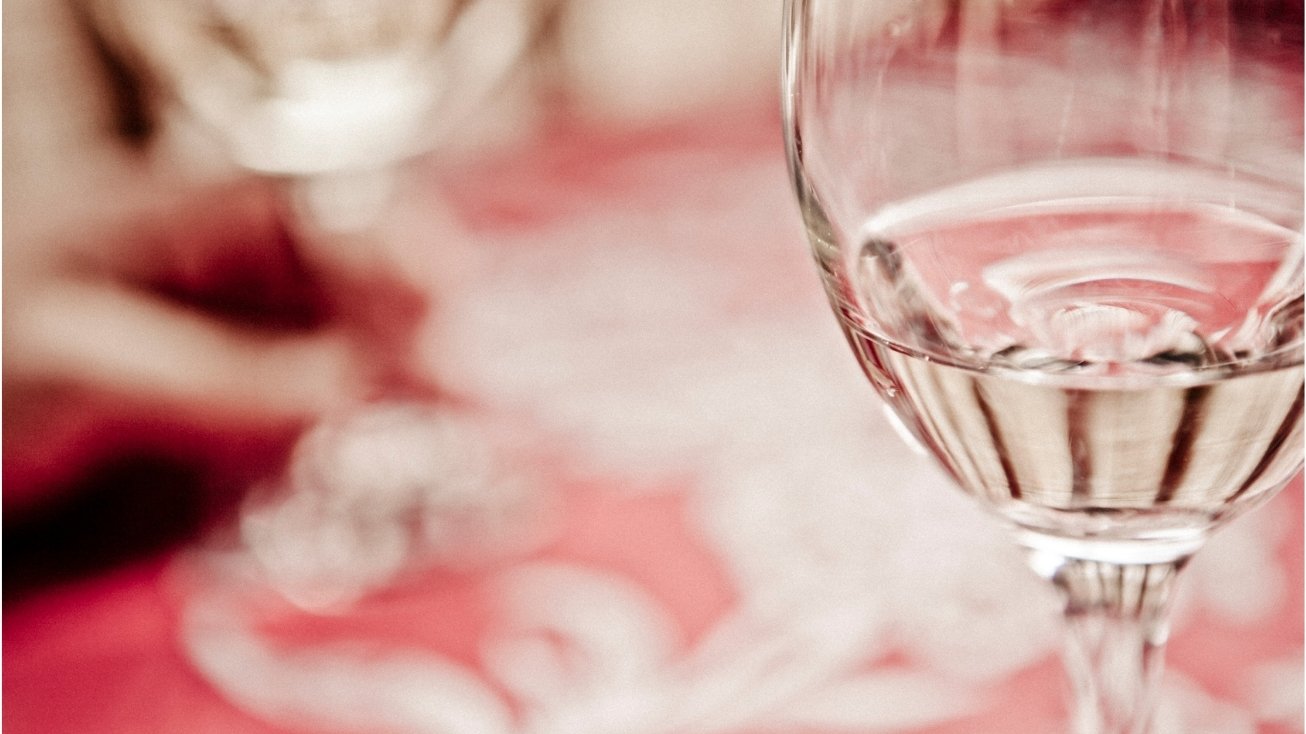
Felgueiras
Felgueiras is a vibrant municipality, home to iconic footwear factories such as Felmini, Jefar, and Mariano Shoes, where visitors can discover the craftsmanship behind shoemaking. It is also a place to explore the production of vinho verde (green wine), with guided visits available at estates like Quintas da Lixa, Palmirinha, and Maderne.
Freixo de Espada à Cinta
In Freixo de Espada à Cinta, ancient traditions - such as the breeding of silkworms and the artisanal production of silk - still endure the passage of time.
Gondomar
The city of Gondomar is known as the birthplace of Portuguese filigree, a centuries-old art that has been attracting interest around the world. The Filigree Route includes the Municipal Filigree Museum, traditional workshops, and CINDOR - a professional training centre dedicated exclusively to jewellery and watchmaking. This route allows visitors to explore workshops and witness the meticulous process behind this exquisite craft.
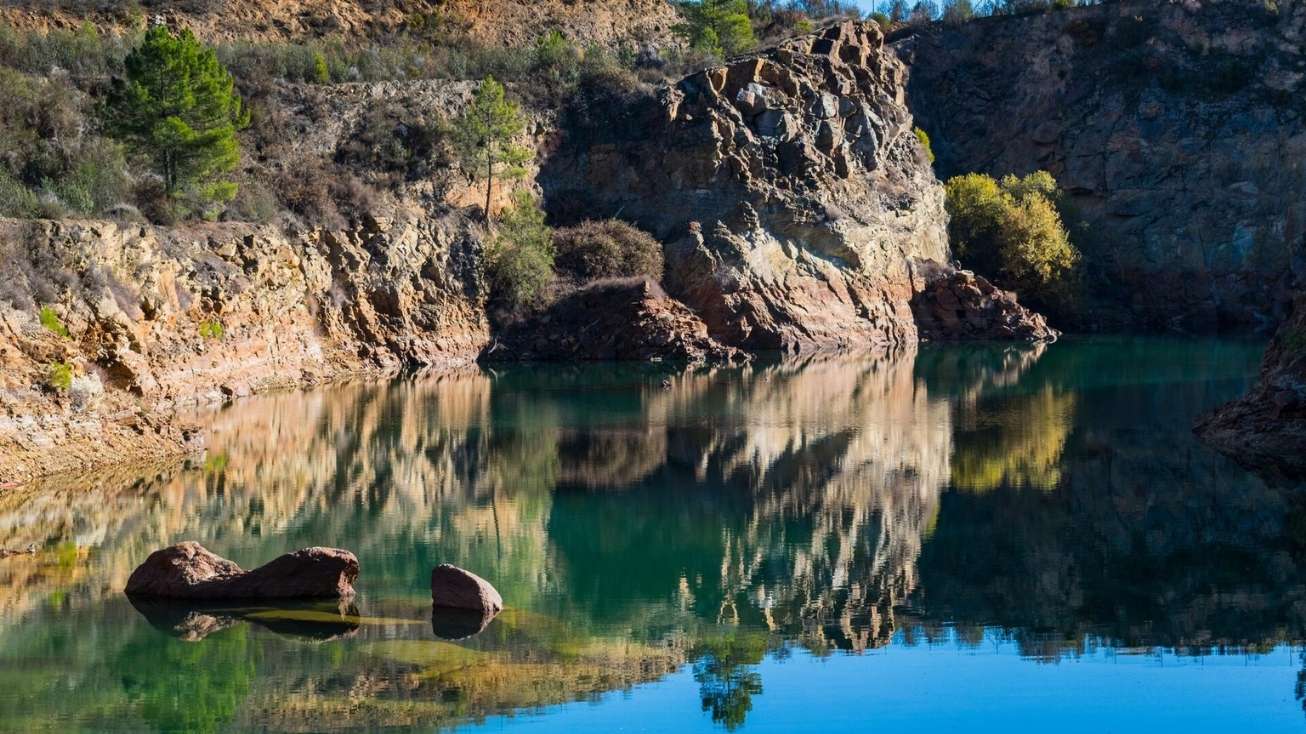

Macedo de Cavaleiros
Macedo de Cavaleiros has been recognised by UNESCO on three occasions - for the Caretos of Podence, the Terras de Cavaleiros Geopark, and the Meseta Ibérica Transboundary Biosphere Reserve. These identity markers reflect the region's rich natural and cultural heritage. In this context, the territory aims to expand and diversify its museum sites associated with former industrial infrastructures, such as the Real Filatório de Chacim (Royal Silk Mill of Chacim) and the Murçós Mines.
Marco de Canaveses
The industrial tourism offering in Marco de Canaveses is deeply rooted in the extractive industry, inviting visitors to discover the history of the men who shaped the land through the extraction and trade of granite and its derivatives. With chisel in hand, they transformed raw stone into an artistic universe—a craft that remains a vital resource for the economic and social sustainability of the region, while also contributing to the growth and development of the local business fabric.
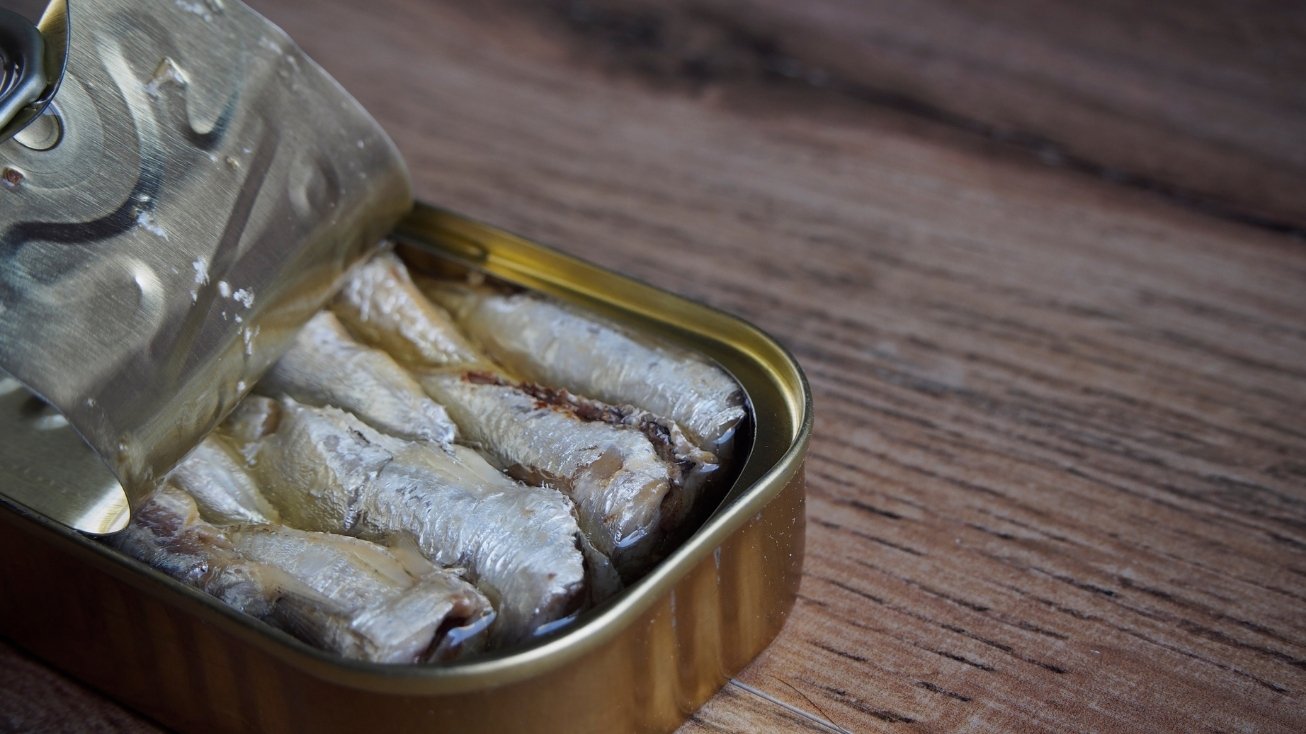
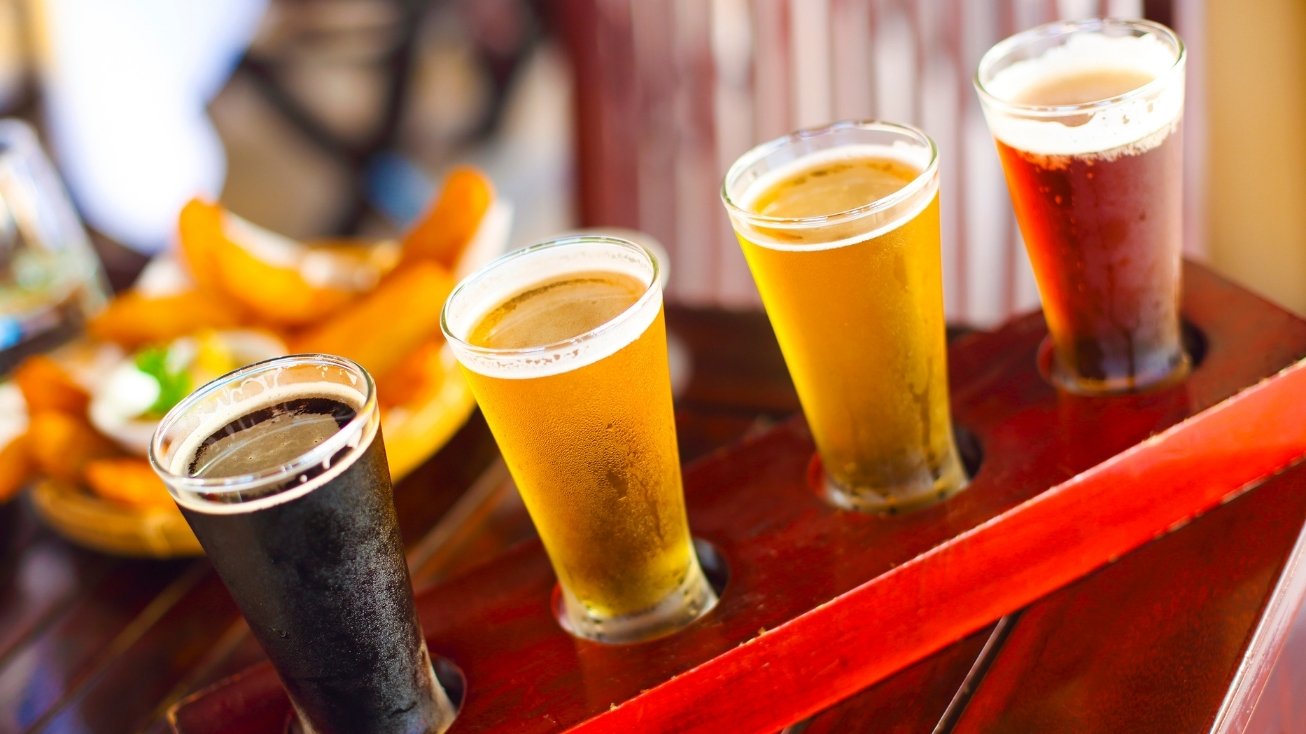
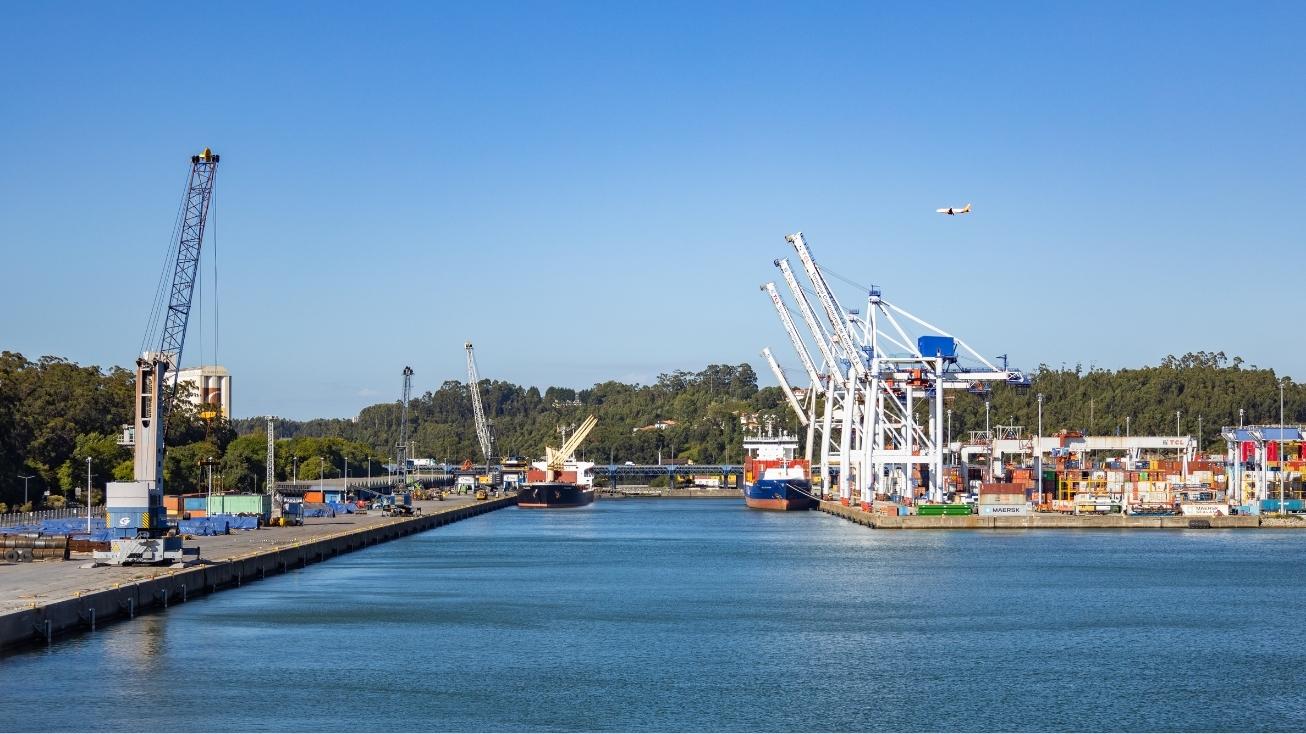
Matosinhos
The Municipality of Matosinhos has been investing in diversifying its tourism offerings, promoting Industrial Tourism as a complement to gastronomy, architecture, and water sports. In this context, the Port of Leixões stands out for its significant impact on industry—particularly the canning sector—preserving and promoting this historical and cultural heritage.
Dive into the world of traditional canning – visit the Pinhais Factory
Melgaço
Melgaço, the northernmost municipality in Portugal, located on the border with Galicia, is a destination of lush nature, rich heritage, and deep-rooted traditions. It lies within the Peneda-Gerês National Park, a UNESCO World Biosphere Reserve.
The Minho and Laboreiro rivers and the surrounding mountains provide ideal settings for outdoor sports and moments of pure contemplation. Also renowned for its excellent Alvarinho wine, Melgaço - certified as a sustainable tourism destination - preserves a unique identity, keeping alive its traditions, legends, and authentic gastronomy.
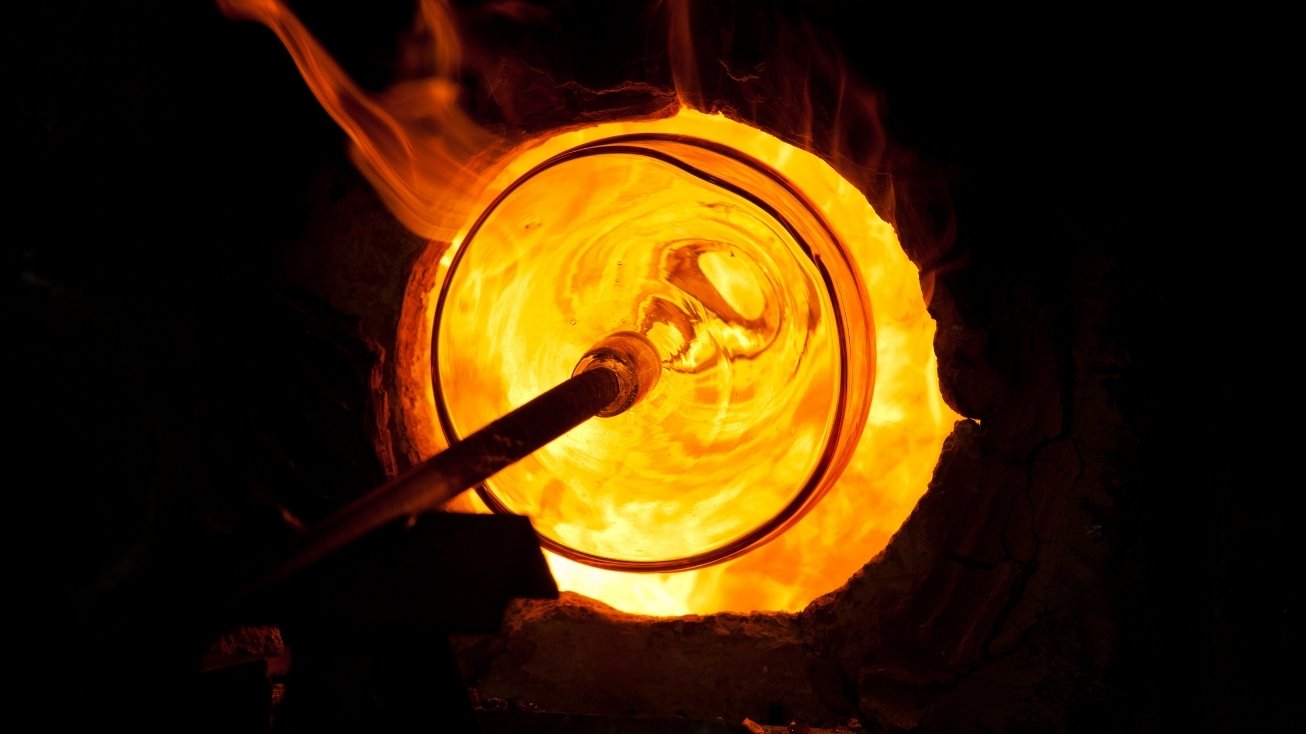
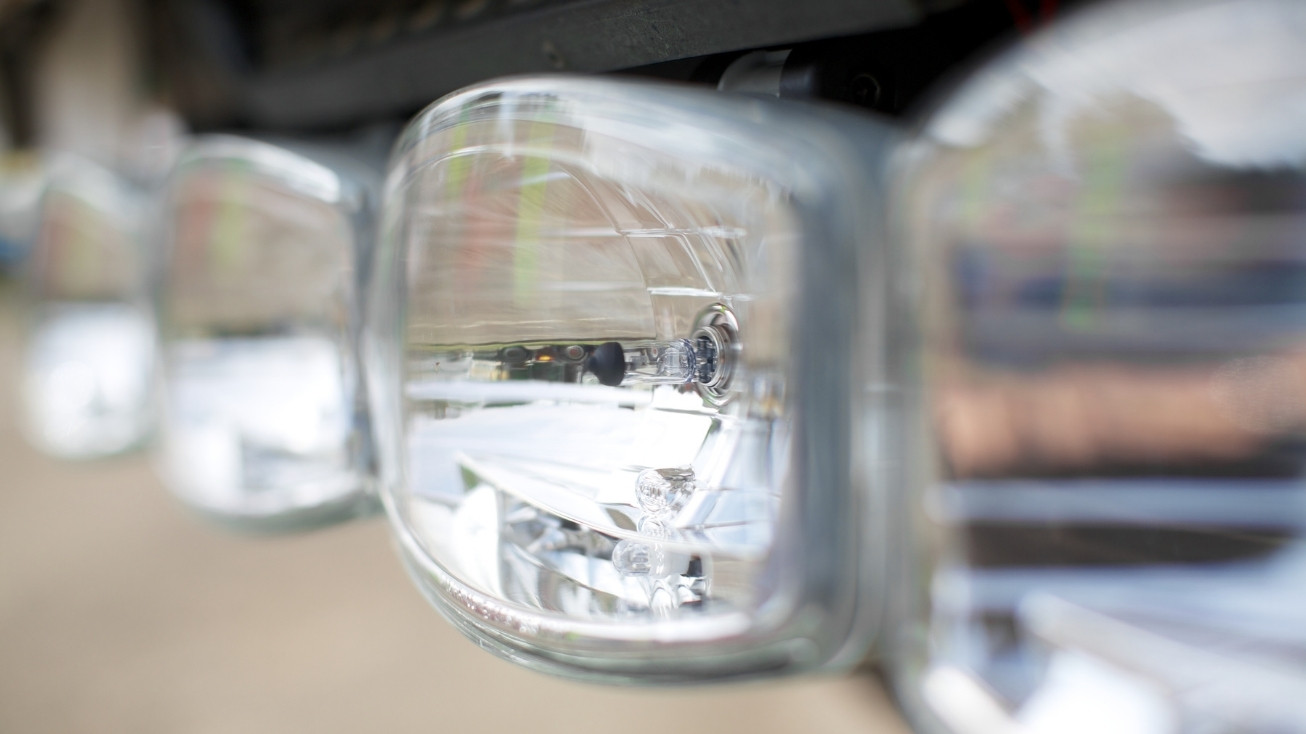
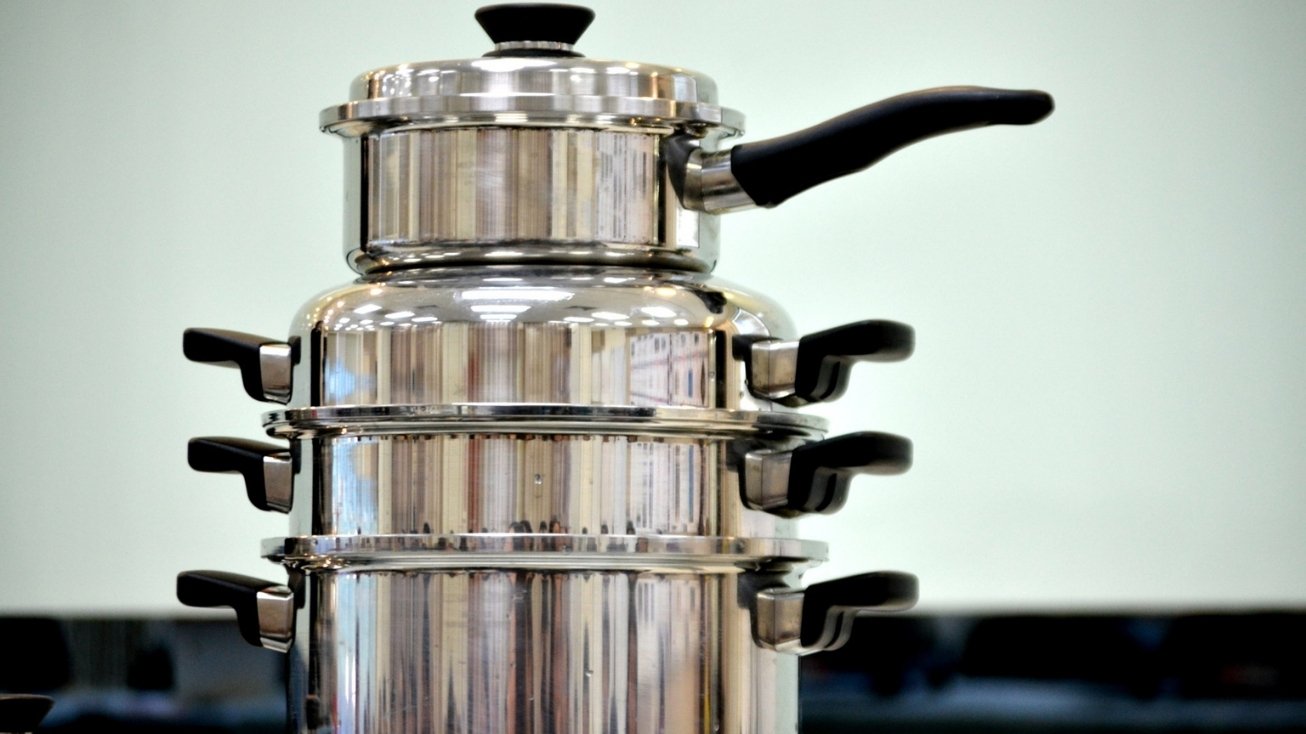
Oliveira de Azeméis
Oliveira de Azeméis is a highly industrial municipality, home to nationally and globally renowned companies in sectors such as metalworking, moulds and plastic injection, footwear, and the agri-food industry. Industrial Tourism has emerged as a way to highlight its heritage and promote the Azeméis brand, offering visitors an immersive experience into the production processes of local businesses.
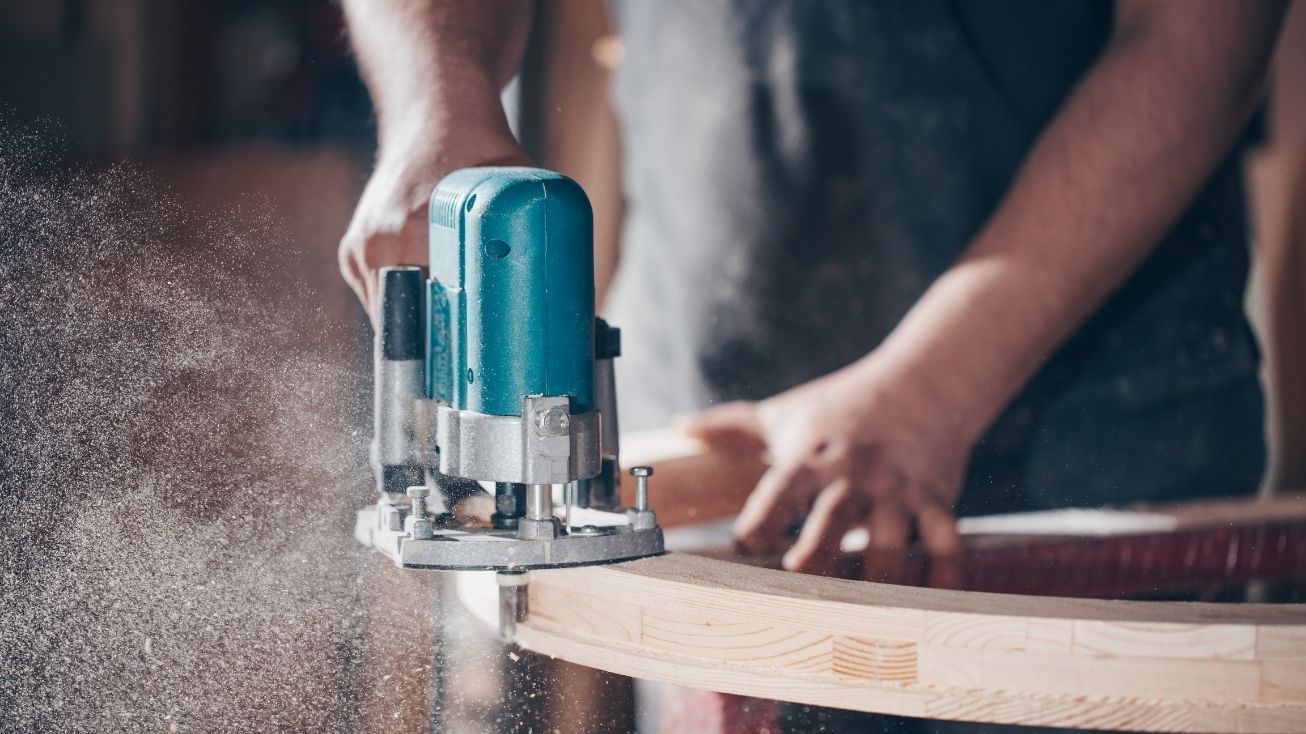
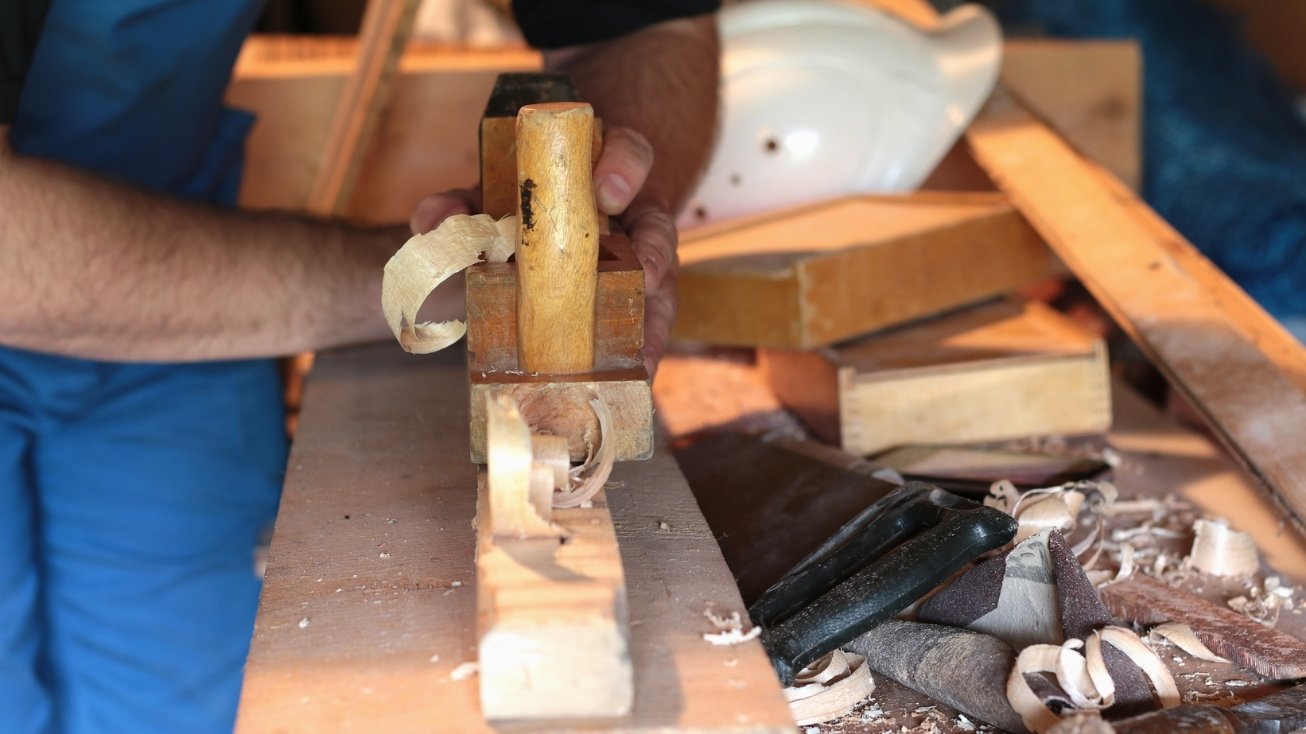
Paredes
Paredes is a municipality with a strong tradition in wood processing - a craft that began to flourish in the late 19th century and became the region’s main economic sector throughout the 20th century. The legacy of this art is reflected in the preservation of various techniques, including joinery, carpentry, wood carving, gilding, marquetry, turning, and sawmilling.
The Industrial Tourism offering invites visitors, schools, and professionals to discover both small traditional workshops - where artisanal methods are still used - and large-scale industries that export high-quality furniture around the world.
Ponte de Lima
Ponte de Lima, the oldest town in Portugal, stands out for its natural beauty, historical heritage, and rich cultural traditions. Granted town status in 1125 by Queen Teresa, it was once a key Roman crossing point and continues to welcome thousands of pilgrims on their way to Santiago de Compostela.
The Lima River, a source of pride for the local people, enhances the landscape and reinforces the town’s identity. Tradition lives on in the customs, crafts, folklore, and thriving stone and agri-food industries. Its gastronomy is a true legacy, with the famous arroz de sarrabulho and the Loureiro and Vinhão vinhos verdes winning over even the most discerning palates.
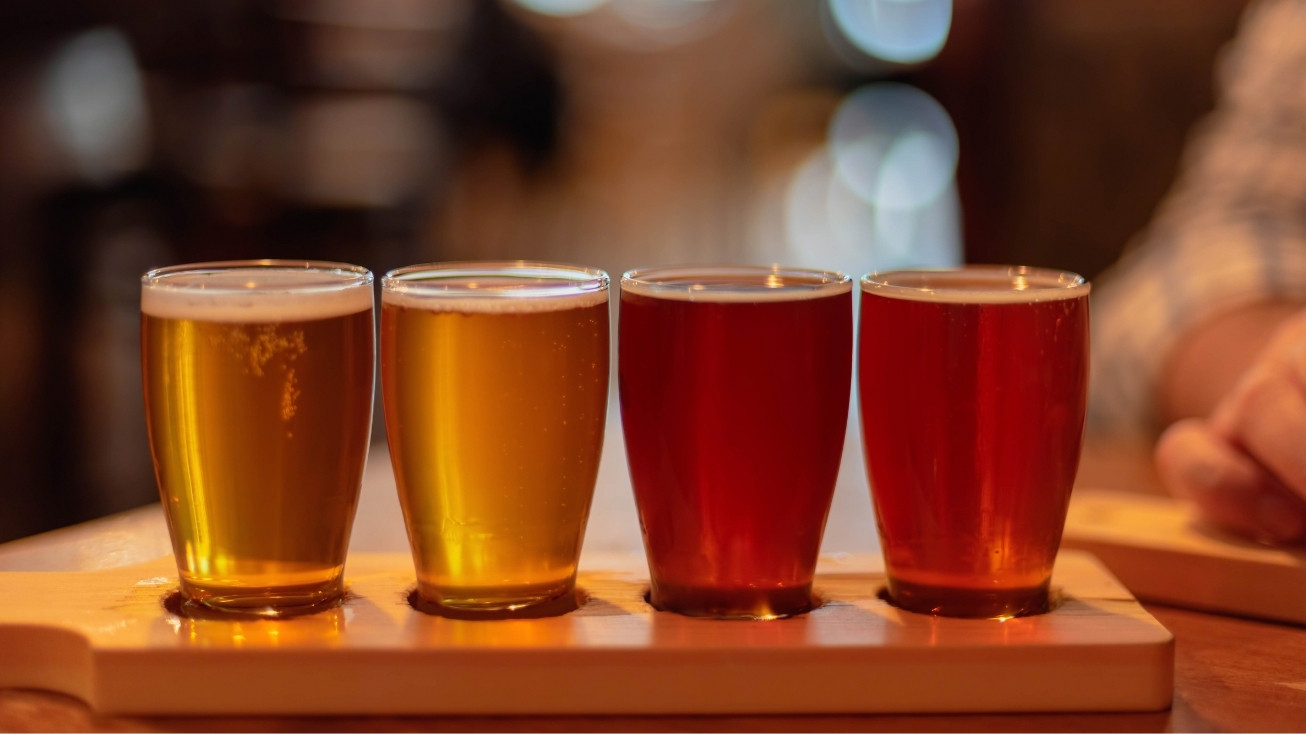
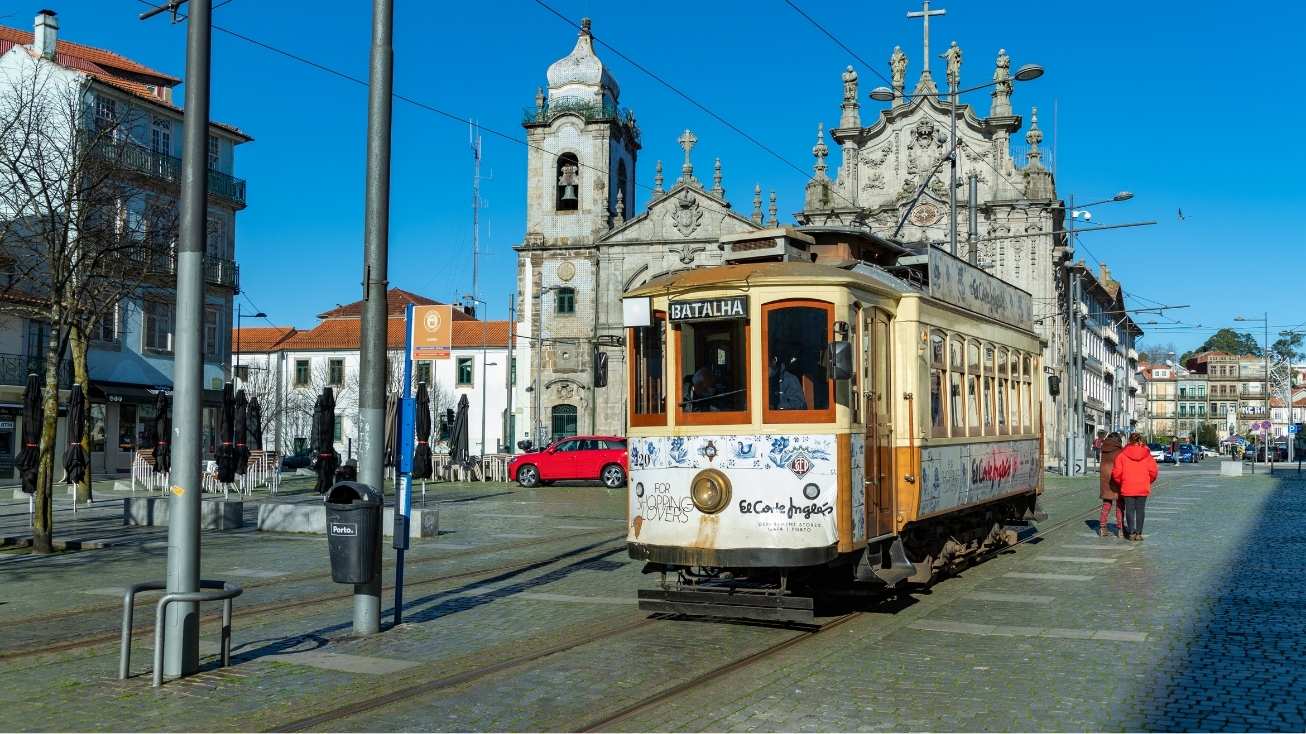
Porto
The city of Porto, traditionally known for its commercial spirit and openness to the world, continues to embody an entrepreneurial and innovative mindset. Among regenerated old factories, chimneys that still define the city’s skyline, and names preserved in local toponymy, numerous traces reveal the diversity of industrial activities that shaped its growth - from the textile and metalworking industries to ceramics and hat-making.
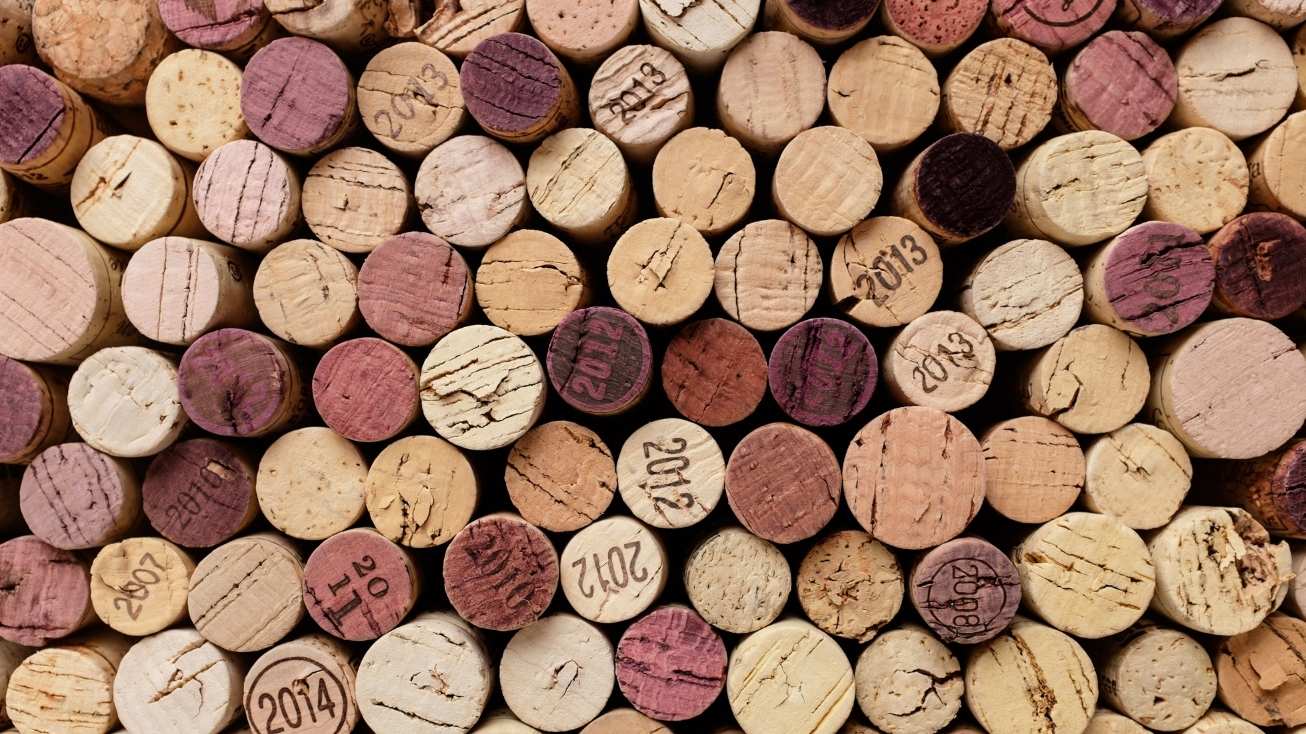

Santa Maria da Feira
Santa Maria da Feira is home to the world’s largest cork industrial hub, where this sustainable material is transformed into innovative products for sectors such as art, furniture, fashion, and cosmetics. Visitors can explore this dynamic industry through the Cork Experience Tour, a guided immersion into the cork production process, and the Cork Welcome Center, a space for learning and exhibitions promoted in partnership with APCOR – the Portuguese Cork Association.
The Santa Maria de Lamas Museum, also known as the “Cork Museum”, complements the experience with exhibitions dedicated to cork heritage. Meanwhile, the Paper Museum Terras de Santa Maria, located in former 19th-century factories, allows visitors to relive traditional and industrial paper production techniques. The journey through local history continues at the Museu Convento dos Lóios, in the historic centre, and culminates at the Castle of Santa Maria da Feira, one of the most remarkable military monuments in Portugal.
Santo Tirso
With a remarkable industrial past, Santo Tirso, located in the Ave Valley, was one of the main hubs of the textile industry in the 19th century, producing and exporting fabrics across the globe.
The social fabric of the time revolved around the factories, where entire families worked, and daily life was dictated by the rhythm of the chimneys, which dominated both the landscape and the workers’ routines. This heritage of skills and stories has been preserved in places such as the Interpretive Centre of the Santo Thyrso Factory.
Today, industrial heritage coexists with living industry, offering authentic experiences. In Santo Tirso, visitors can tour a monastery and discover the production process of a monastic liqueur, a tradition that blends exotic ingredients with the refined talent of its makers. Industrial Tourism offers a unique insight into this legacy, allowing visitors to experience firsthand the evolution and richness of this territory.



São João da Madeira
Industrial Tourism in São João da Madeira offers unique experiences, such as a journey back in time at the century-old Viarco pencil factory, discovering the hatters’ craft — whose products still grace heads around the world — or exploring the manufacturing of textile car interiors. Industry and labour are core elements of the municipality’s identity, celebrated by the City Council through an innovative tourism programme launched in 2012, which has already attracted thousands of visitors to fully operational factories.
The circuits include museums, business institutions and factories, blending industrial archaeology, traditional industries and cutting-edge technology. This journey through the local industrial heritage and innovation begins at the Welcome Center, located in the historic Oliva Tower, which serves as the reception point and booking hub, ensuring visitors enjoy an immersive and authentic tour of São João da Madeira’s industrial legacy.
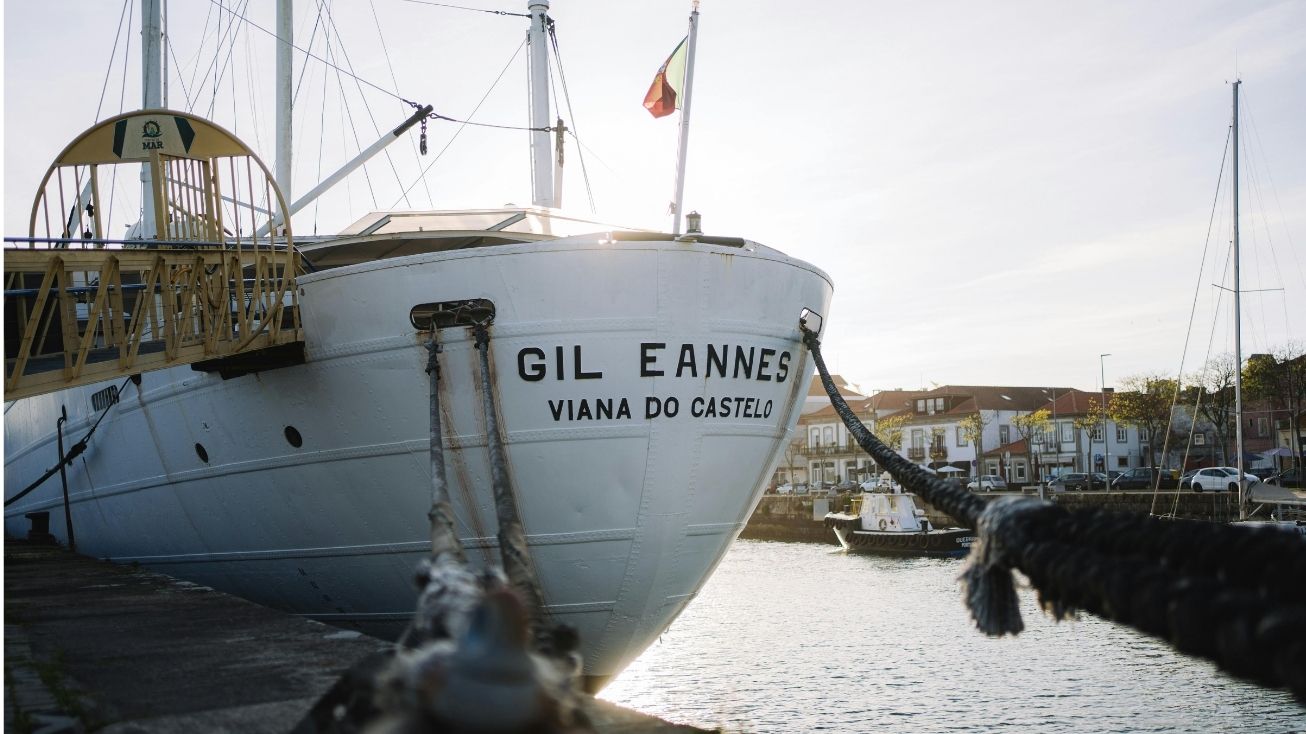

Viana do Castelo
Viana do Castelo, the northernmost Atlantic city in Portugal, stands out for its high quality of life, safety, and rich heritage. The presence of the Lima River, mountains, and sea provides stunning landscapes, a relaxing atmosphere, and excellent conditions for water sports. The city also offers a variety of cultural facilities, such as theatres, museums, and libraries, enhancing the experience for both residents and visitors.
Recognised as the capital of Portuguese folklore, Viana do Castelo keeps its identity alive through ethnography, handicrafts, and cultural activities. More recently, it has invested in Industrial Tourism, promoting historical heritage and productive innovation. Highlights include the Gil Eannes Hospital Ship, a symbol of naval construction and support for the cod fishing fleet, and the Alvarães Roof Tile Kilns, still in operation, which reinforce local identity and boost the economy.
Vila Pouca de Aguiar
Vila Pouca de Aguiar stands out for its unique landscapes and historical heritage, known as the Land of Gold, Stone and Water. The mining sites of Tresminas and Jales, the certified reserves of granite and schist, and the famous naturally carbonated water of Pedras Salgadas make this territory a truly distinctive destination.
To enhance the visitor experience, the mobile app "TPNP TOMI Go Vila Pouca de Aguiar" offers free and well-organised information on restaurants, accommodation, activities, and events, including regional maps. It also works offline, allowing you to explore the municipality’s wonders with ease and convenience.